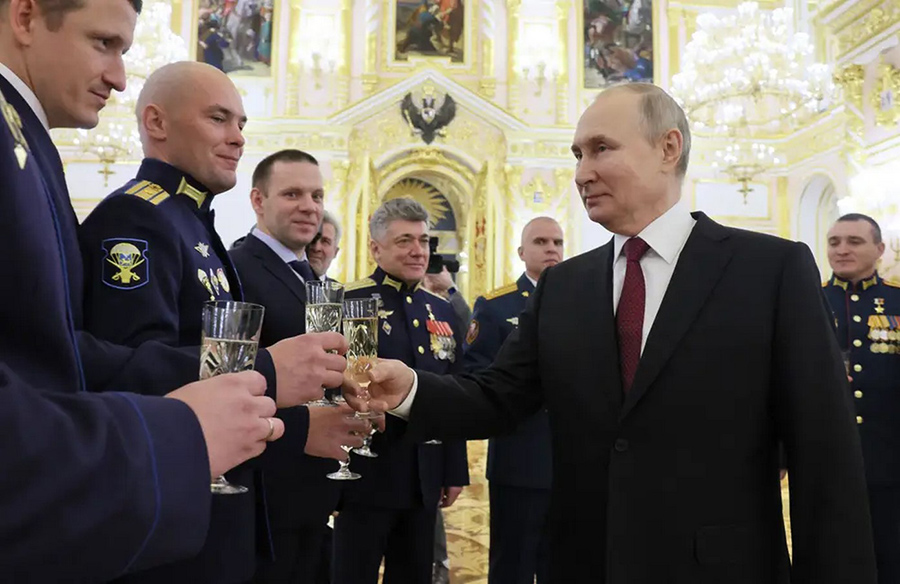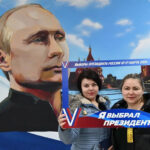Despite waging war in Ukraine for over two years, Russia’s economy remains robust, defying conventional expectations of bankruptcy and collapse. As conflicts often stimulate GDP growth, Russia’s ability to sustain its wartime economy underscores its resilience amidst geopolitical turmoil.
War Beyond Borders
A crucial factor contributing to Russia’s economic stability is the location of the war, primarily fought on Ukrainian soil. This strategic positioning minimizes direct impacts on Russian infrastructure and households, allowing the country to sustain its productive capacity. While Ukraine’s economy faced a significant contraction in 2022, Russia experienced modest growth, indicating the differential impact of the conflict on both nations.
Demand for Wartime Goods and Services
The demand for military supplies drives domestic industries, particularly in the production of weapons, ammunition, and medical supplies. Import restrictions due to sanctions have further bolstered domestic production, with even unconventional sectors, like bakeries, contributing to war efforts. Russia’s mobilization of manpower for the war has exacerbated existing labor shortages, leading to wage increases and stimulating consumption.
Self-Reliance in Production
Russia’s status as a major global economy stems from its dominance in commodity production, including oil, natural gas, wheat, and metals. This self-reliance minimizes dependence on external markets, shielding the economy from fluctuations in global trade and sanctions imposed by Western nations.
In conclusion, Russia’s ability to navigate economic challenges amidst prolonged conflict demonstrates its adaptability and resilience. While concerns persist over the accuracy of official economic data, Russia’s sustained growth underscores its capacity to weather geopolitical storms and maintain stability on the world stage.











